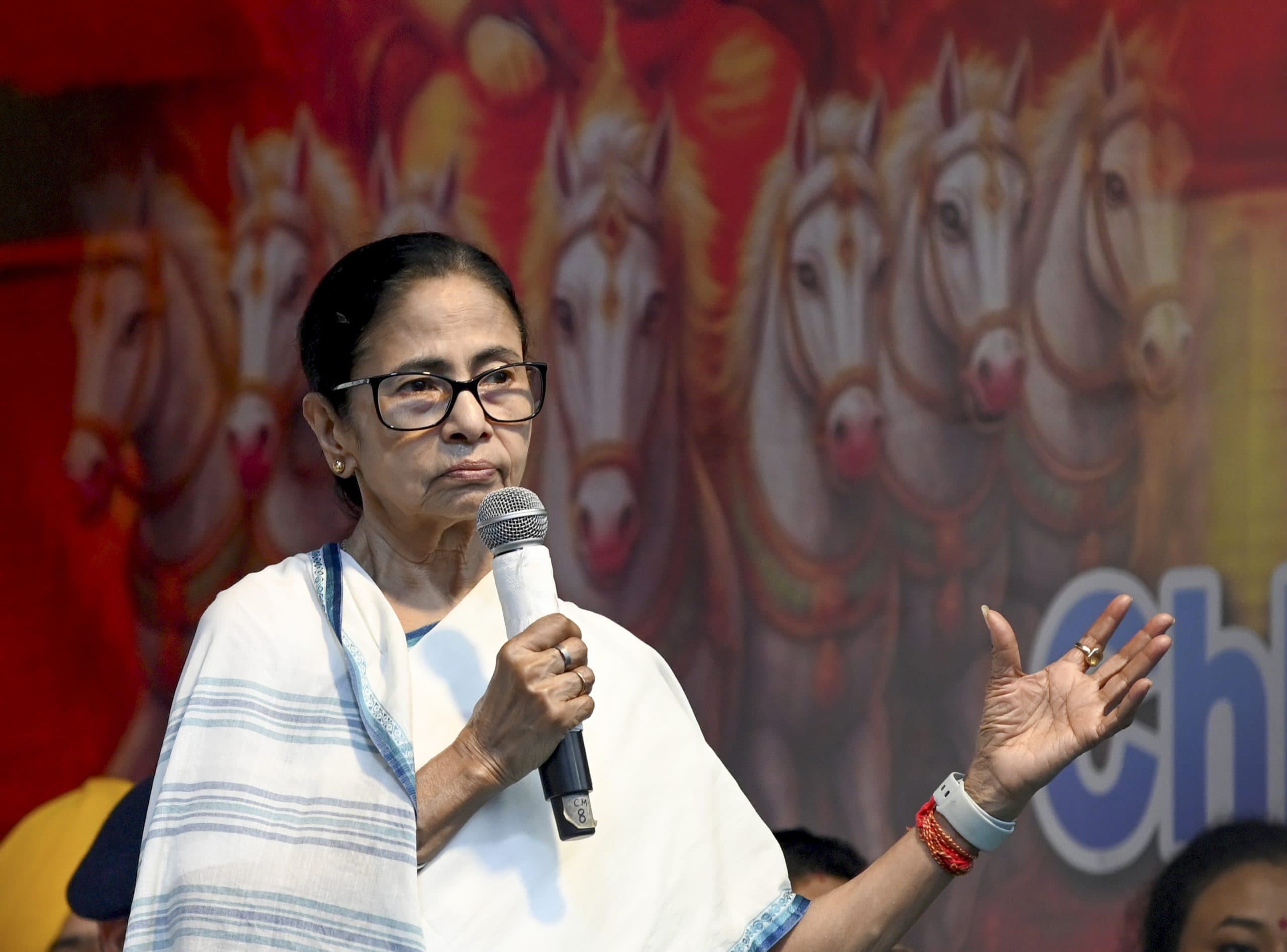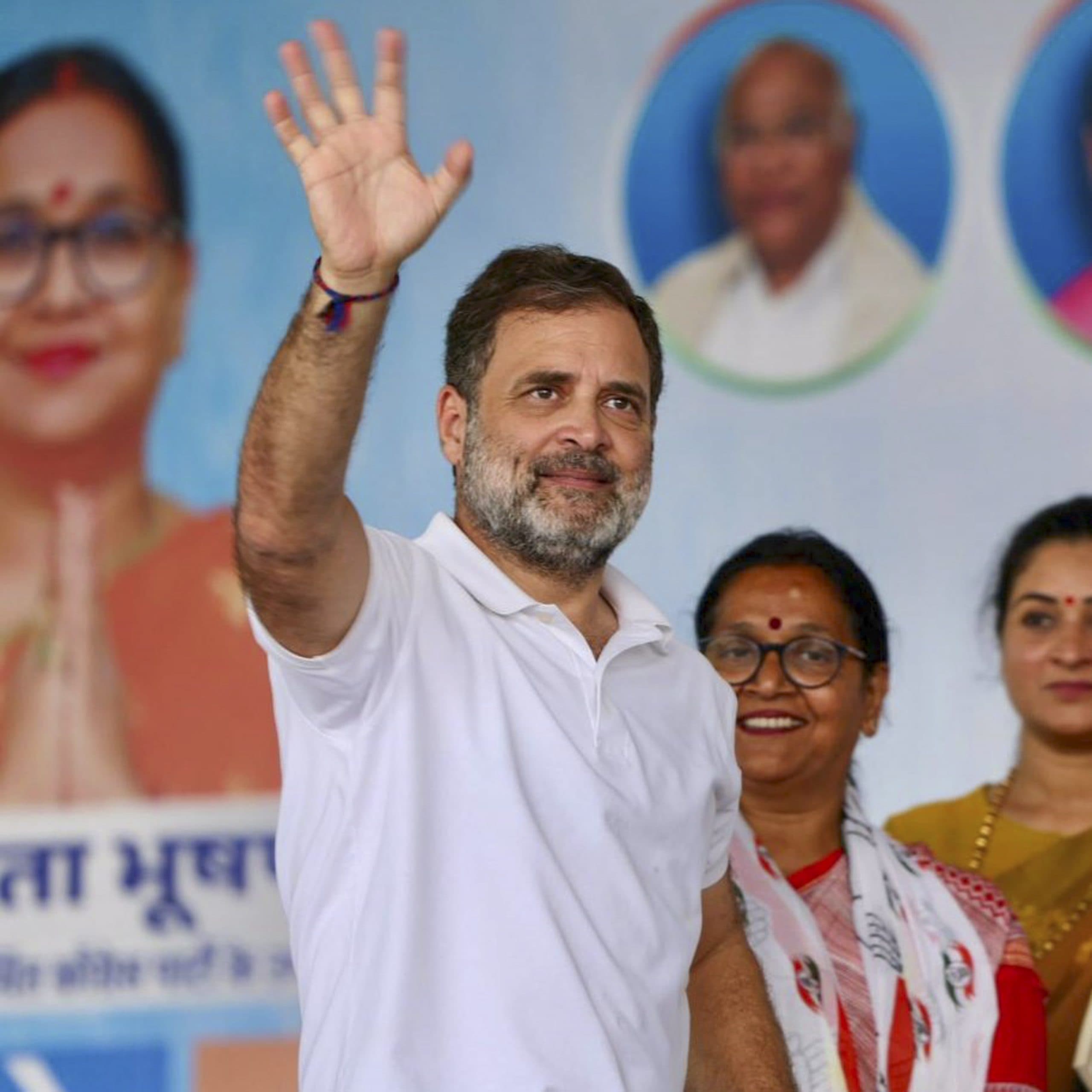The Gaganyaan mission, India’s first human spaceflight program, aims to send a crew of three astronauts to a 400 km Low Earth Orbit (LEO) for a three-day mission. The first uncrewed mission is scheduled for December 2025, with the manned mission now targeted for early 2027. ISRO is conducting rigorous tests, including uncrewed flights and crew escape system validations, to ensure safety and reliability before the historic crewed launch.
In This Article:
Progress in 2025: A Pivotal Year
Declared “Gaganyaan Year” by ISRO Chairman Dr. V. Narayanan, 2025 marks significant strides toward India’s human spaceflight ambitions. On January 21, 2025, the Liquid Propulsion Systems Centre (LPSC) dispatched the Crew Module for the first uncrewed mission (G1) after integrating the liquid propulsion system, a critical step for the December 2025 launch featuring the humanoid robot Vyommitra. This mission will test the crew module’s systems, including the Crew Module Uprighting System (CMUS), at Sriharikota. ISRO has completed over 7,200 tests, with 3,000 pending, working around the clock to meet deadlines. The agency also conducted radio frequency compatibility tests with the European Space Agency (ESA) on February 12, 2025, ensuring seamless communication with ESA’s ground stations in Kourou, French Guiana.
Expanded Scope and Collaborations
The Gaganyaan program has been expanded to include eight missions by 2028—six uncrewed and two crewed—with a revised budget of Rs 20,193 crore. This includes precursor missions for the Bharatiya Antariksh Station, India’s planned space station. ISRO signed agreements with the Australian Space Agency (ASA) on November 20, 2024, for crew module recovery support and with ESA for ground station support, enhancing global collaboration. Group Captain Shubhanshu Shukla, one of four astronaut-designates, is training with Axiom Space for a 2025 mission to the International Space Station aboard SpaceX’s Dragon spacecraft, gaining critical experience.
Challenges and Delays
Initially planned for 2022, the mission faced delays due to the COVID-19 pandemic, which disrupted supply chains and slowed avionics production. Minister Jitendra Singh noted in February 2025 that global shortages of space-grade components necessitated additional validation tests. Despite setbacks, ISRO’s successful Test Vehicle Abort Mission-1 (TV-D1) in 2023 and SpaDeX docking tests in early 2025 have bolstered confidence. The second test vehicle mission (TV-D2) is set for 2025, followed by two more uncrewed flights before the manned mission.
A Leap Toward Global Leadership
Gaganyaan aims to place India among the elite—USA, Russia, and China—in human spaceflight. With the LVM-3 rocket and technologies like life support and crew escape systems, ISRO is laying the foundation for future missions, including lunar exploration and a space station by 2035. Maini’s win, following his role in Invicta Racing’s 2024 F2 Constructors’ Championship, signals India’s resurgence in global motorsport. Maini’s victory inspires a new generation, with the potential to boost India’s $8 billion space economy to $44 billion by 2035 through private sector involvement and international partnerships.
-By Manoj H




